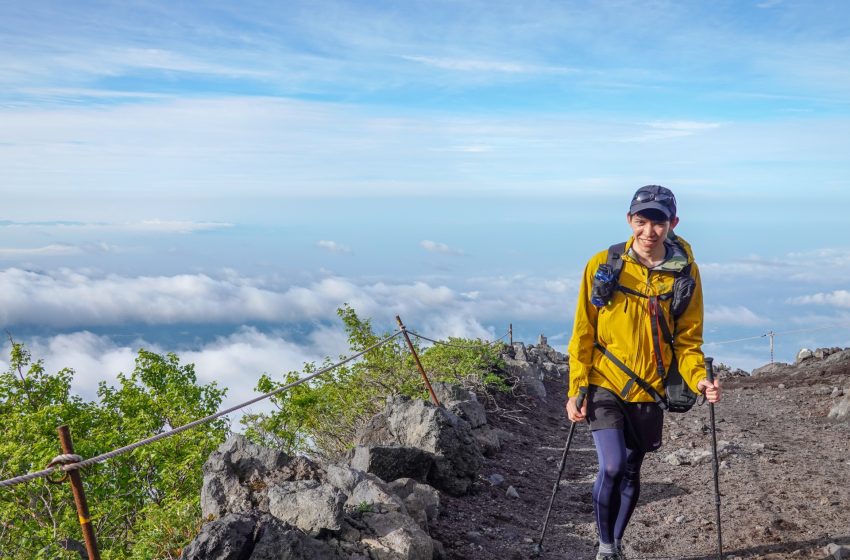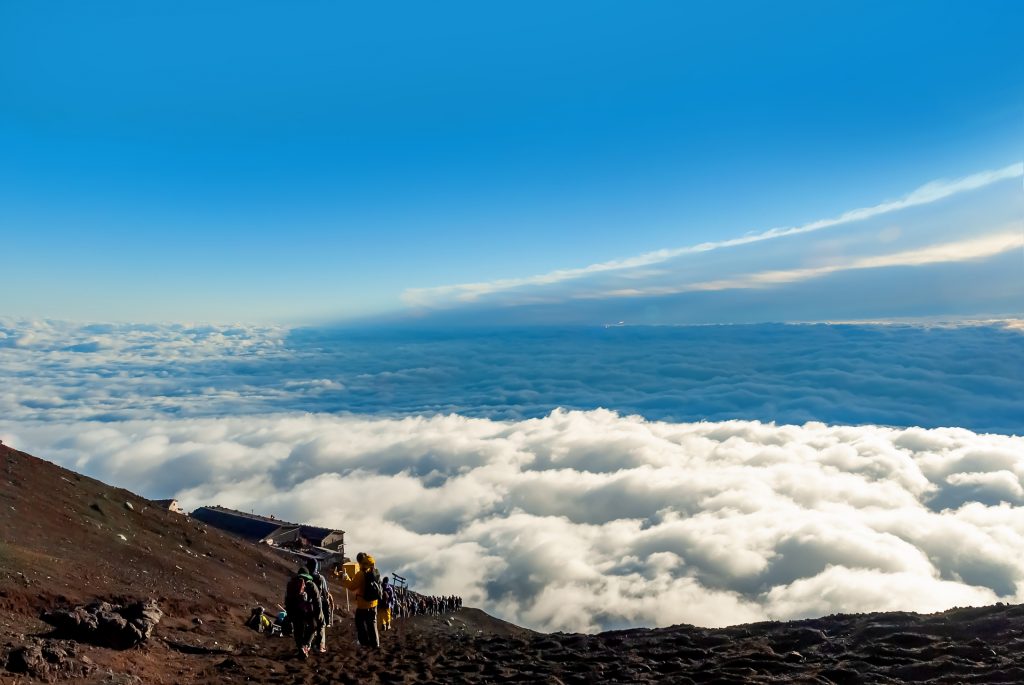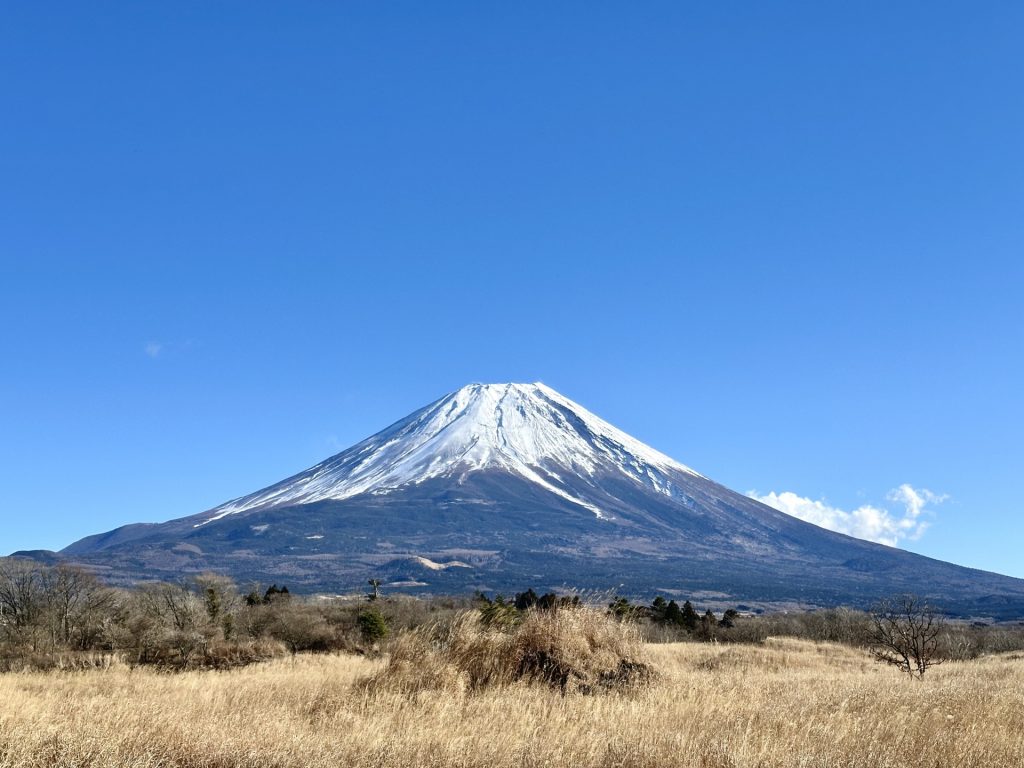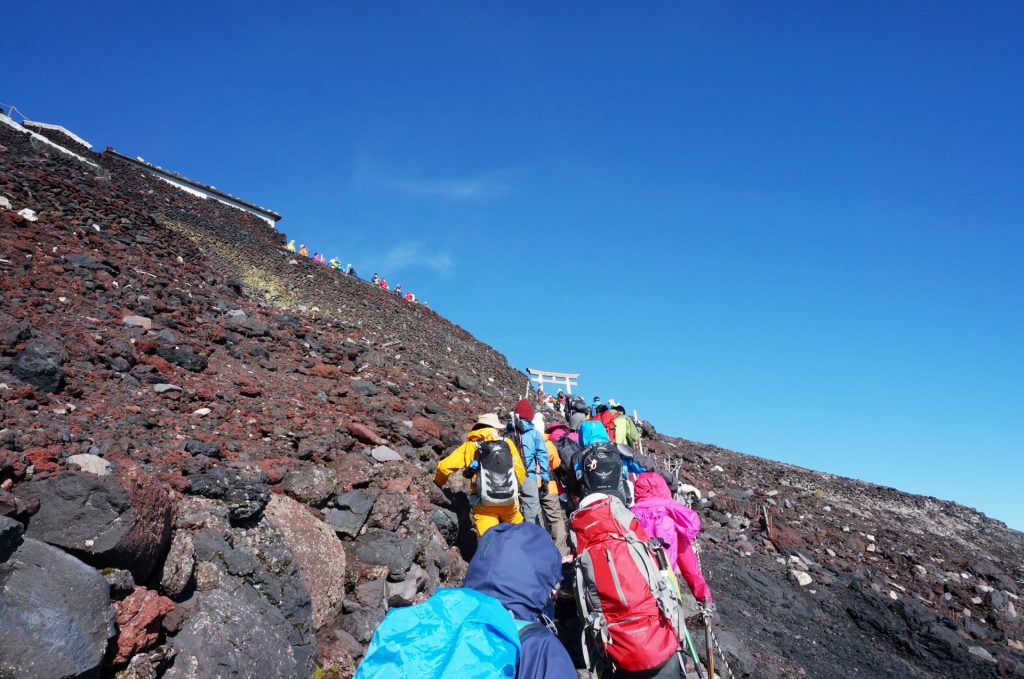
Essential Guide: What to Wear and Bring for Climbing Mount Fuji
Climbing Mount Fuji is a once-in-a-lifetime experience that draws thousands of adventurers from around the world each year. However, this majestic mountain can be unforgiving, and proper preparation is crucial for a safe and enjoyable climb. If you’re planning to ascend Japan’s highest peak, here’s a comprehensive guide on what to wear and bring to ensure you’re well-prepared for the journey.
Clothing: Layer Up for Success
The weather on Mount Fuji can change rapidly, with temperatures varying dramatically from the base to the summit. Dressing in layers is essential to stay comfortable and protect yourself from the elements.
- Base Layer: Start with a moisture-wicking base layer. This layer will keep sweat off your skin, helping you stay dry and warm. Avoid cotton, as it retains moisture, which can lead to discomfort and chills at higher altitudes.
- Mid Layer: The mid-layer serves as insulation. A fleece or light down jacket works well to provide warmth without adding too much bulk. This layer can be easily removed or added depending on the temperature.
- Outer Layer: The outer layer should be waterproof and windproof. A quality rain jacket and pants are essential, as rain and strong winds are common on Mount Fuji. Look for gear that is lightweight yet durable, with good ventilation options.
- Pants: Choose quick-drying, breathable pants. Convertible hiking pants that can turn into shorts are a good option, allowing you to adapt to varying temperatures.
- Footwear: Sturdy hiking boots with good ankle support and a non-slip sole are a must. The trails can be rocky and uneven, so ensure your boots are well broken in before the climb. Pair them with moisture-wicking hiking socks to prevent blisters and keep your feet dry.
- Gloves and Hat: Gloves will protect your hands from the cold, especially during the early morning ascent to catch the sunrise. A warm hat is also essential, as temperatures can drop significantly at higher altitudes.
Essential Gear: What to Bring for a Safe Climb
In addition to the right clothing, having the proper gear is crucial for a successful climb up Mount Fuji. Here’s a list of essentials:
- Backpack: A comfortable, lightweight backpack with a capacity of 20-30 liters is ideal. It should be large enough to carry all your gear, water, and snacks, but not so big that it becomes cumbersome.
- Headlamp: Many climbers choose to start their ascent in the early hours to reach the summit at sunrise. A headlamp is essential for navigating the trails in the dark. Make sure to bring extra batteries as well.
- Water and Snacks: Staying hydrated is crucial. Bring at least 2-3 liters of water, and consider using a hydration bladder for easy access. High-energy snacks like nuts, dried fruit, and energy bars will keep you fueled throughout the climb.
- Walking Stick: A walking stick can help with balance on the steep and uneven terrain. Many climbers purchase a wooden staff at the base, which can be stamped at various stations along the trail as a unique souvenir of your journey.
- Sunscreen and Sunglasses: Even if the weather seems cloudy, UV rays at high altitudes can be intense. Apply sunscreen regularly and wear sunglasses to protect your eyes from the sun and glare.
- First Aid Kit: A basic first aid kit should include band-aids, antiseptic wipes, blister treatment, and any personal medications. Being prepared for minor injuries can make a big difference on the trail.
- Oxygen Canister: While not mandatory, an oxygen canister can be helpful if you experience symptoms of altitude sickness. The air gets thinner as you climb, and some climbers find this extra oxygen helpful, especially above 3,000 meters.
- Emergency Blanket: Lightweight and compact, an emergency blanket can provide extra warmth if needed. It’s a small item that can offer significant comfort in an emergency.
- Trash Bag: It’s crucial to keep Mount Fuji clean and pristine. Bring a small trash bag to carry out any waste, as there are no trash bins on the mountain.
Additional Tips for a Safe Climb
- Acclimate Properly: If possible, spend a night at one of the mountain huts around the 7th or 8th station to acclimate to the altitude. This can help reduce the risk of altitude sickness and make your climb more enjoyable.
- Check the Weather: Before starting your ascent, check the weather forecast. If conditions look dangerous, consider postponing your climb. Safety should always be your top priority.
- Respect the Mountain: Mount Fuji is not just a natural wonder; it’s a sacred site in Japanese culture. Follow the rules, respect other climbers, and do your part to preserve the environment.
Conclusion
Climbing Mount Fuji is an unforgettable experience, but it requires careful preparation. By wearing the right clothing and bringing the essential gear, you’ll be well-equipped to take on this iconic mountain. Remember, the key to a successful climb is not just reaching the summit, but doing so safely and responsibly.




